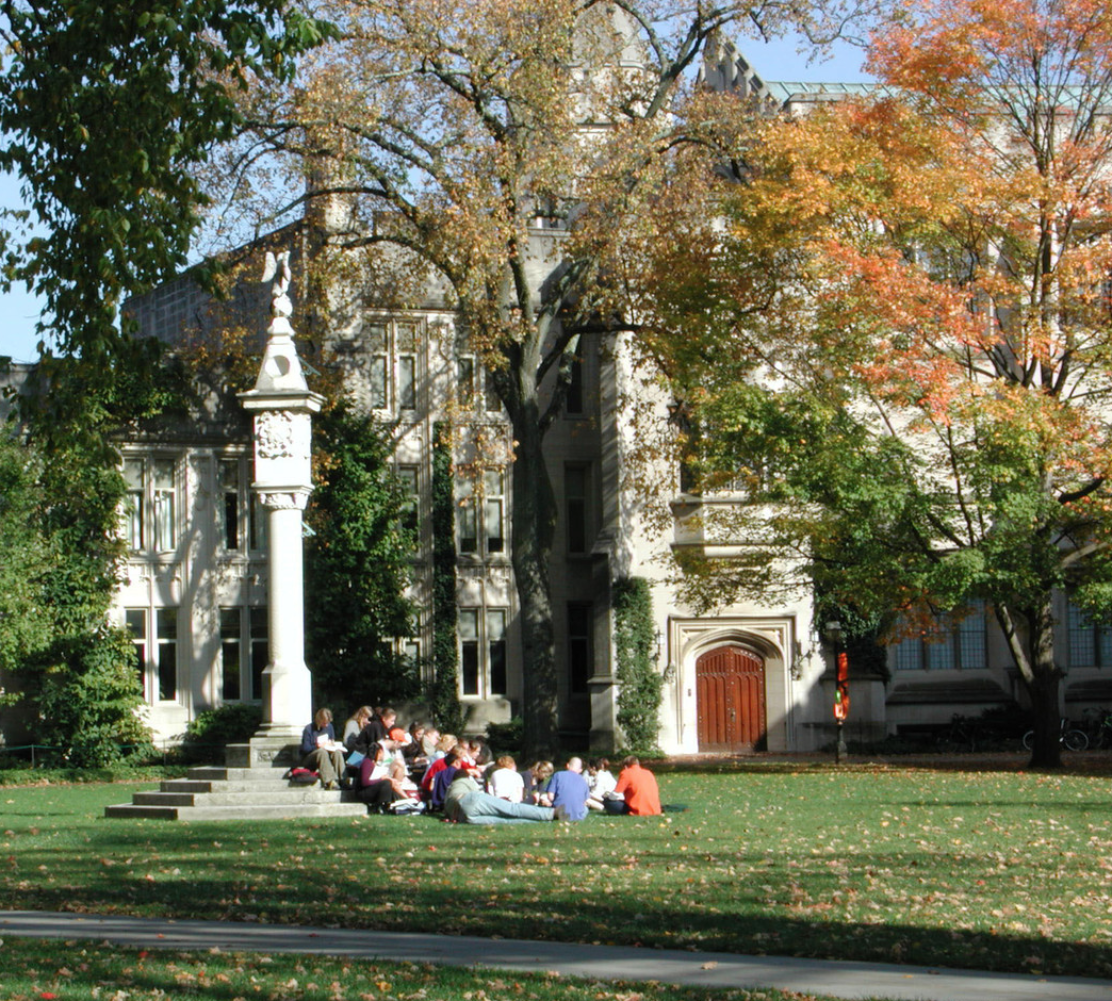This post was written by Summer Ramsay-Burrough after her Princeternship.
 When I tell people that I am studying chemistry, they often assume that I’m on a track right to medical school. For most of my life, though, I never considered going into medicine. Working in a lab has always sounded more appealing to me — perhaps developing pharmaceuticals and creating novel compounds. It’s only recently that I even began considering changing my plans and studying medicine. However, I had no sense of what a doctor did on an everyday basis. What were the interpersonal dynamics of a doctor’s office like? Was the stress worth the reward? To answer these questions, among others, I decided to apply for a Princeternship with Dr. Peter Hersh ‘78, a corneal surgeon specializing in well-known procedures like LASIK and less-familiar procedures like INTACS and collagen crosslinking.
When I tell people that I am studying chemistry, they often assume that I’m on a track right to medical school. For most of my life, though, I never considered going into medicine. Working in a lab has always sounded more appealing to me — perhaps developing pharmaceuticals and creating novel compounds. It’s only recently that I even began considering changing my plans and studying medicine. However, I had no sense of what a doctor did on an everyday basis. What were the interpersonal dynamics of a doctor’s office like? Was the stress worth the reward? To answer these questions, among others, I decided to apply for a Princeternship with Dr. Peter Hersh ‘78, a corneal surgeon specializing in well-known procedures like LASIK and less-familiar procedures like INTACS and collagen crosslinking.
Over the week of intersession, I spent three days with the Hersh Vision Group at the Cornea and Laser Eye Institute in Teaneck, New Jersey. The first day I was there, I shadowed Dr. David Chu as he met with patients, many of whom were regular visitors. Within hours of walking in the door, I met men and women with corneal transplants, shingles-induced vision problems, and a host of other corneal complaints that I never even knew existed. Perhaps most shocking to me was the incredible efficacy of many of the procedures done in the office. A woman coming in for a post-operation appointment said that she couldn’t believe how much she hadn’t been seeing just the day before. Later that week, a man who received LASIK (laser in situ keratomileusis) marveled at how he could drive himself to his appointment without any glasses whatsoever. The second day I was at the office, a Thursday, I was able to see many of these procedures for myself.
The Vision Group does the majority of their surgeries on Thursdays, so I saw five different procedures in less than seven hours (and this was on a light day). I observed LASIK firsthand, as well as the similar PRK procedure. The LASIK procedure has an additional step in which a flap on the surface of the cornea is pulled back; PRK forgoes this flap-creation step in favor of removing epithelial cells from the cornea. I also observed INTACS, which is the insertion of ring segments into the cornea to flatten irregular corneas. All of these procedures are done remarkably quickly — in many cases, it took more time to prep the patient than it did to operate. This speed was something I never expected, especially in such a specialized medical field. It was incredibly satisfying to see so much happen in one day; one thing that draws me to lab work is seeing concrete results and working with my hands, which I never imagined in a medical context.
I also encountered a variety of obstacles that I didn’t expect, even though I certainly should have. There were a few cases of a language barrier between patients and the doctors, which were always resolved but difficult nevertheless. Much of the eye surgery done at the office is also considered elective, and thus difficult to cover with many insurance plans. In some cases, vision has to be extremely poor before corrective surgery is even considered.
Even though lab work is still very appealing to me, observing Dr. Hersh and his office certainly gave me a greater sense of what it is like to pursue a medical career — and a favorable one. Many of the things that I like about a research environment (namely, writing papers and working in groups) also apply to jobs in medicine. In particular, the field of cornea surgery is appealing in its constant innovation and efficiency. I am extremely grateful to Dr. Hersh for the opportunity, and I can say without a doubt that it has changed my view of medicine.

You must be logged in to post a comment.